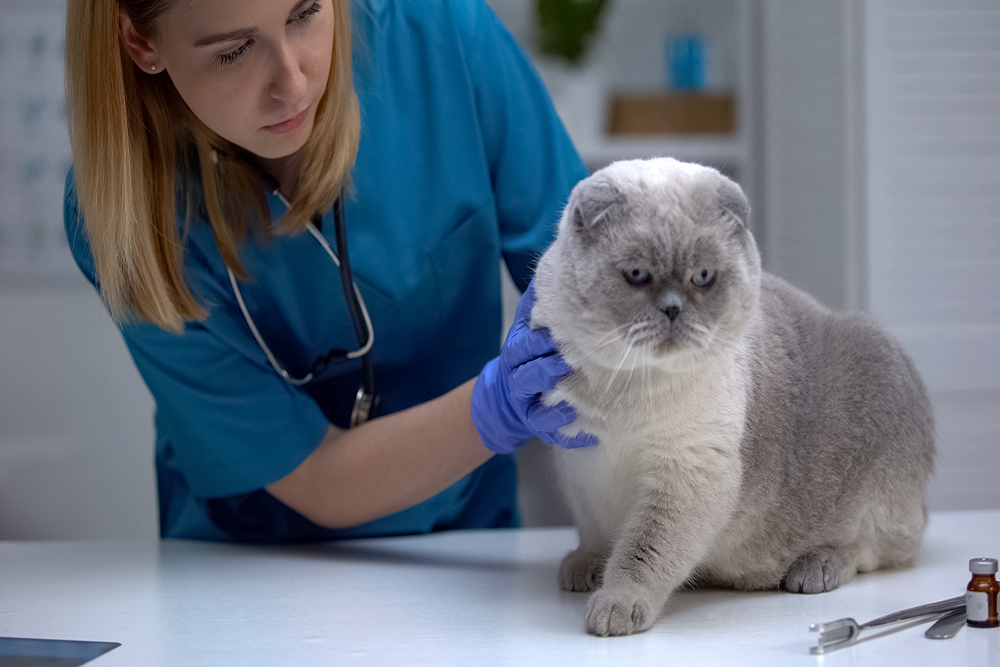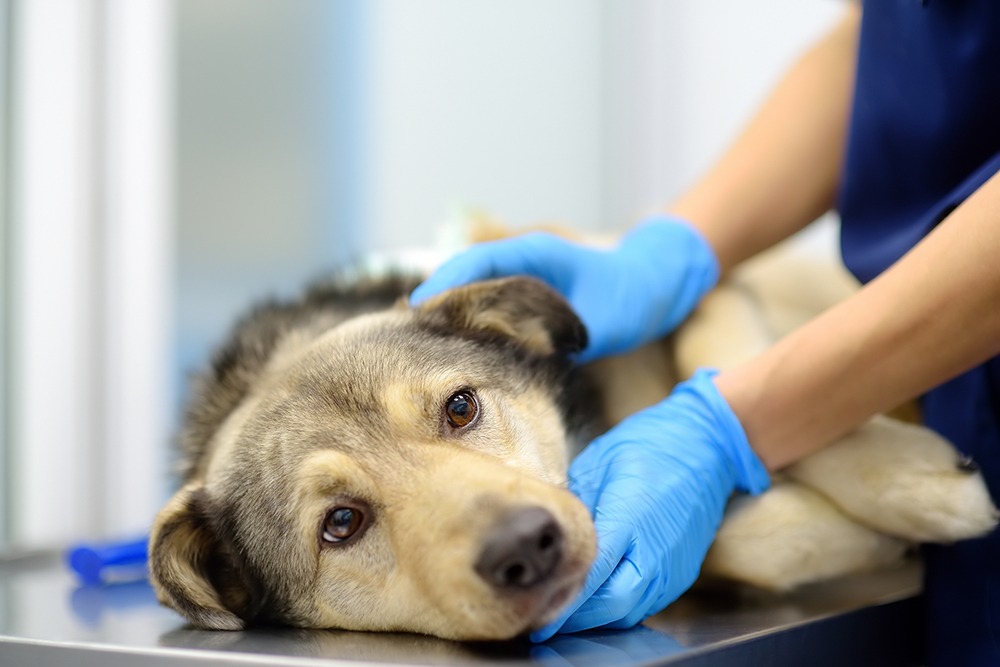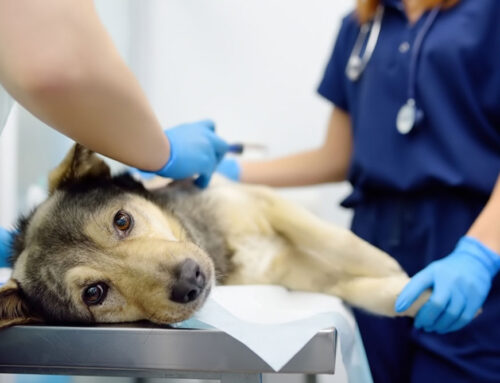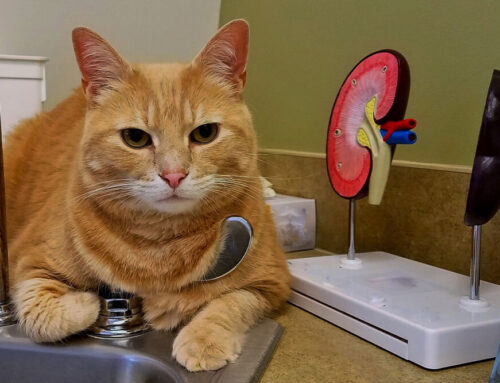Comprehensive Guide to Preventing and Treating UTIs in Pets
Understanding UTIs in Pets
Urinary Tract Infections (UTIs) in pets, much like in humans, can be uncomfortable and potentially dangerous if left untreated. A UTI occurs when bacteria invade the urinary tract, which includes the kidneys, ureters, bladder, and urethra. It’s crucial for pet owners to recognize the symptoms early to avoid complications such as kidney damage. Untreated UTIs can lead to more severe infections that ascend to the kidneys, resulting in pyelonephritis, a serious condition that can cause permanent kidney damage or even kidney failure. In extreme cases, the infection can enter the bloodstream, leading to a life-threatening condition known as sepsis.
Common Signs of UTIs in Dogs and Cats
Pets with UTIs may exhibit several signs, including:
Increased frequency of urination.
- Pain or difficulty while urinating.
- Presence of blood in the urine or cloudy urine.
- Licking of the genital area, which may indicate discomfort.
- Urinating in unusual places, a sign that the pet is associating the litter box or usual potty area with pain.
- Strong-smelling urine, which can be an indicator of infection.
Importance of Early Detection
Detecting a UTI early can prevent more serious health issues such as kidney damage. Early intervention not only alleviates the pet’s discomfort but also reduces the risk of the infection spreading to other parts of the urinary tract. Consistent monitoring and recognizing subtle changes in your pet’s behavior or habits are key. Learn about 10 pet health signs you should never ignore.
Top Causes and Risk Factors for UTIs in Pets
UTIs are typically caused by bacteria, and certain breeds and ages of pets are more susceptible than others. Older pets or those with underlying health conditions such as diabetes are at higher risk. Some breeds, like Dalmatians and Bulldogs, are prone to urinary issues due to their anatomy or genetic predispositions.
Environmental and Behavioral Risk Factors
Maintaining good hygiene and clean living conditions are fundamental in preventing UTIs. Pets living in unclean environments or those that do not have regular access to clean, fresh water are more likely to develop UTIs. Behavioral factors, such as holding urine for extended periods, can also contribute to the development of infections. Here are some tips to pet-proof your home.
Preventive Measures to Protect Your Pet from UTIs
Preventing UTIs involves several straightforward steps that every pet owner can implement:
- Ensure your pet stays hydrated by providing fresh water at all times. Proper hydration helps dilute the urine, reducing the concentration of bacteria.
- Maintain regular grooming and cleanliness, focusing on the genital area. This is particularly crucial for long-haired breeds, where bacteria can accumulate more easily.
- Schedule regular veterinary check-ups to monitor your pet’s health. These visits can help catch any underlying issues that might predispose your pet to UTIs, such as bladder stones or anatomical abnormalities.
When to Visit Your Vet
It’s important to have regular screenings for UTIs, especially if your pet belongs to a breed at higher risk. If you notice symptoms such as frequent urination, blood in the urine, or signs of pain, consult your veterinarian promptly. In some cases, a UTI can develop into an emergency, such as if your pet is unable to urinate at all, which could indicate a blockage requiring immediate medical attention. Learn more about our veterinary services.
Diagnostic and Treatment Options for UTIs in Pets
At Southern Crossing Animal Hospital, we diagnose UTIs through urine tests and sometimes additional diagnostics depending on the severity and symptoms. This may include a urinalysis to assess the presence of bacteria, white blood cells, and red blood cells, as well as urine culture and sensitivity testing to determine the most effective antibiotic treatment.
Common Treatments and Medications for UTIs
Treatment typically involves antibiotics, which are crucial in fighting off the infection. It’s important for pet owners to follow the prescribed treatment plan diligently to ensure the infection is fully eradicated and to prevent antibiotic resistance. In addition to antibiotics, your veterinarian may recommend dietary changes or supplements that promote urinary tract health. Understand the options for managing your pet’s pain.
Advanced Care Options

For more severe cases, advanced treatments may be necessary, and as a full service, privately owned hospital, we have all the diagnostic and treatment options at our fingertips. This can include imaging studies like ultrasounds or X-rays to rule out bladder stones or tumors. We provide ultrasound guided cystocentesis, in which ultrasound is used to guide the needle when a urine sample is gathered in dogs and cats. In some situations, surgical intervention may be required to remove obstructions or correct anatomical issues. We always put your pet first when surgery is required, and offer an extensive range of surgical services. Contact us for more information.
Frequently Asked Questions About Pet UTIs
How can I tell if my pet is in pain due to a UTI?
Signs of pain include vocalizing during urination, restlessness, and frequent attempts to urinate with little output. If your pet exhibits these behaviors, seek veterinary care immediately.
Can certain diets help prevent UTIs?
Yes, diets formulated to maintain urinary health can help prevent the formation of crystals or stones and promote an optimal urinary pH.
How to Monitor Your Pet’s Urinary Health at Home
Monitoring your pet involves observing their urinary habits and being alert to any changes that might indicate a UTI or other health issues. Keep a log of urination frequency and any unusual behaviors, and ensure your pet has access to clean, fresh water at all times.
Supporting Your Pet’s Health Beyond UTIs
Regular veterinary visits play a crucial role in maintaining your pet’s overall health. These visits provide an opportunity to discuss any concerns and ensure your pet is up-to-date on vaccinations and other preventive measures. Schedule your appointment today.
Recognizing and Managing Other Common Health Issues
Many symptoms of UTIs can mimic those of other diseases, such as diabetes or Cushing’s disease. Being proactive in monitoring your pet’s health and seeking veterinary advice when changes occur can lead to early detection and treatment of various conditions. Learn about recognizing health problems in senior pets.
Partnering with Southern Crossing Animal Hospital for Your Pet’s Health
Preventing and treating UTIs in pets requires attention to detail and a proactive approach. At Southern Crossing Animal Hospital, we provide personalized care to ensure your pet’s health and well-being. Our team is equipped with the latest diagnostic and treatment options to manage urinary health effectively. Visit our homepage to learn more.
Concerned About Your Pet’s Health?
If you’re concerned about your pet’s urinary health or have noticed any troubling symptoms, reach out. Our experienced, compassionate team is here to help you develop a comprehensive plan to maintain your pet’s urinary health and overall well-being. Contact us today to get started on a plan for your pet’s health.








Leave A Comment